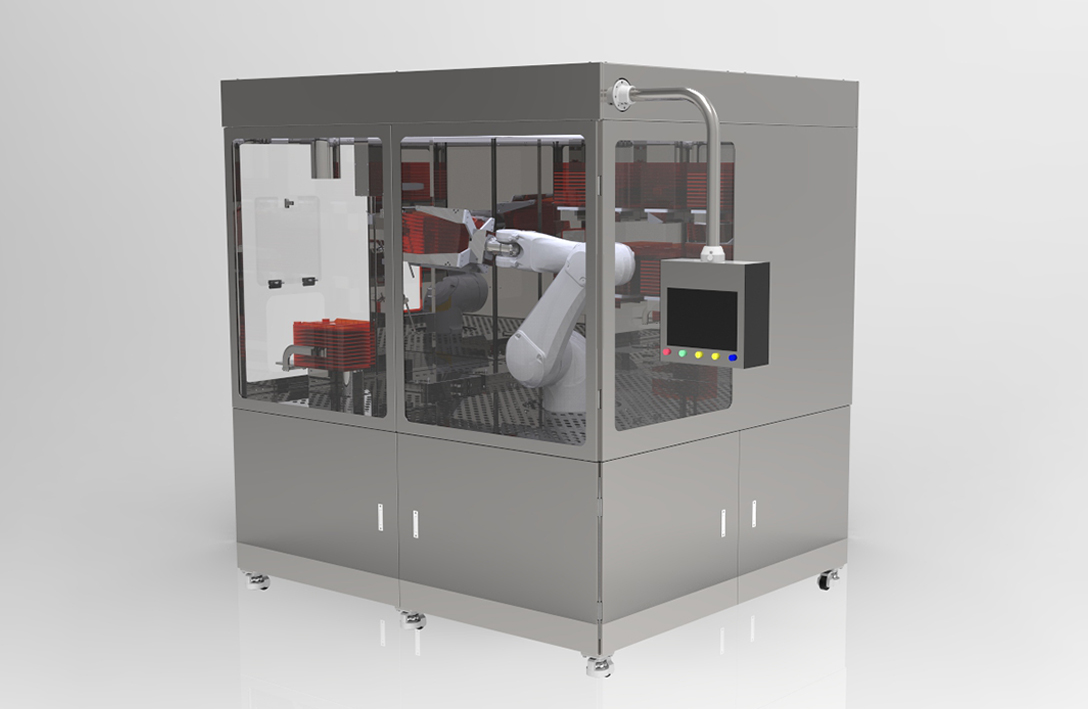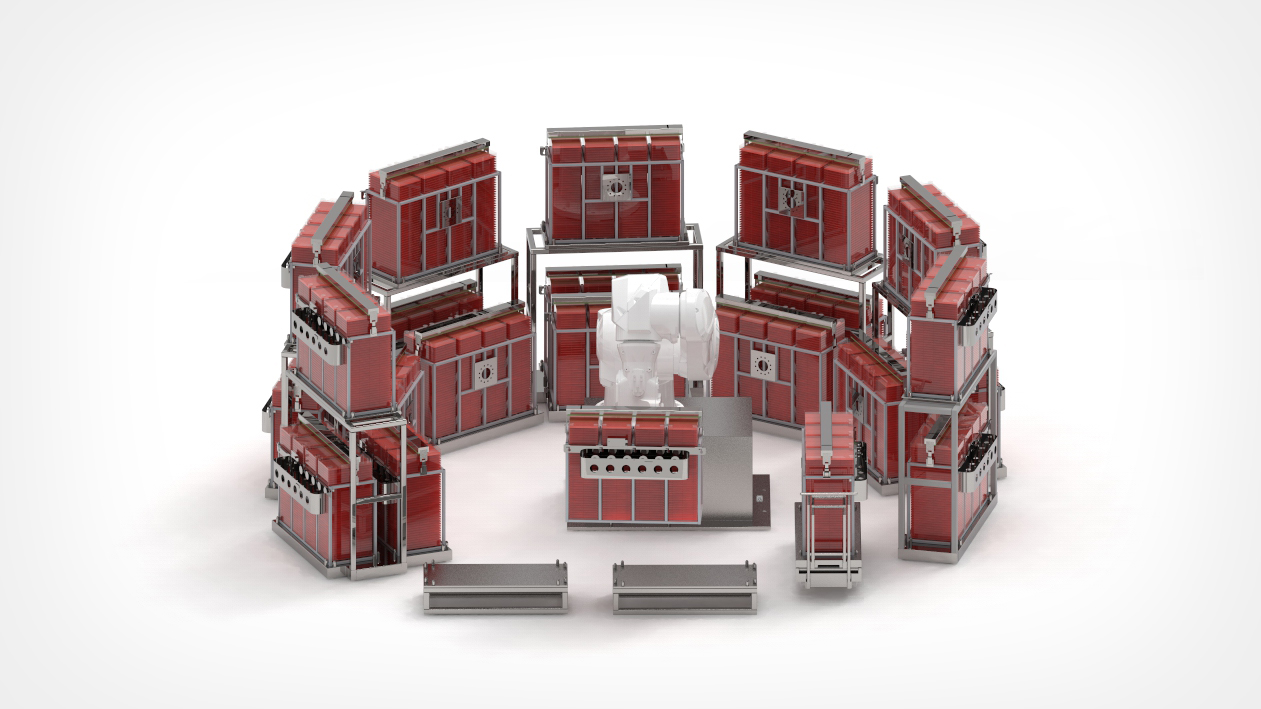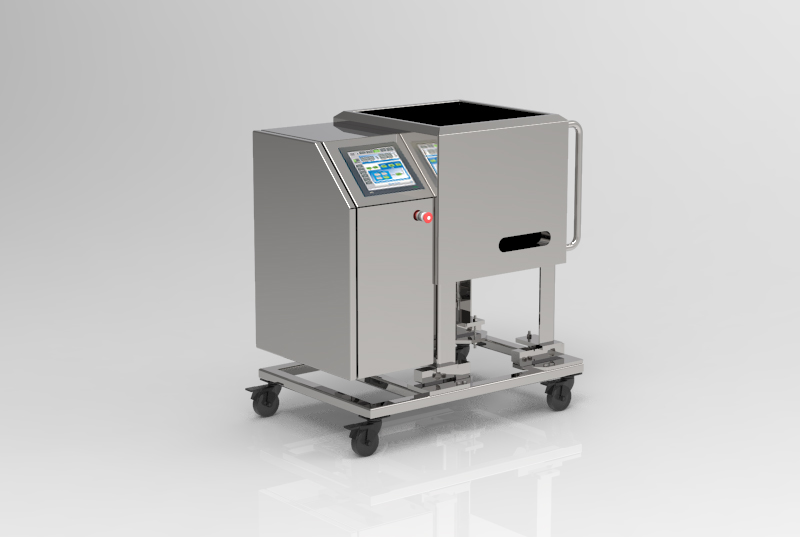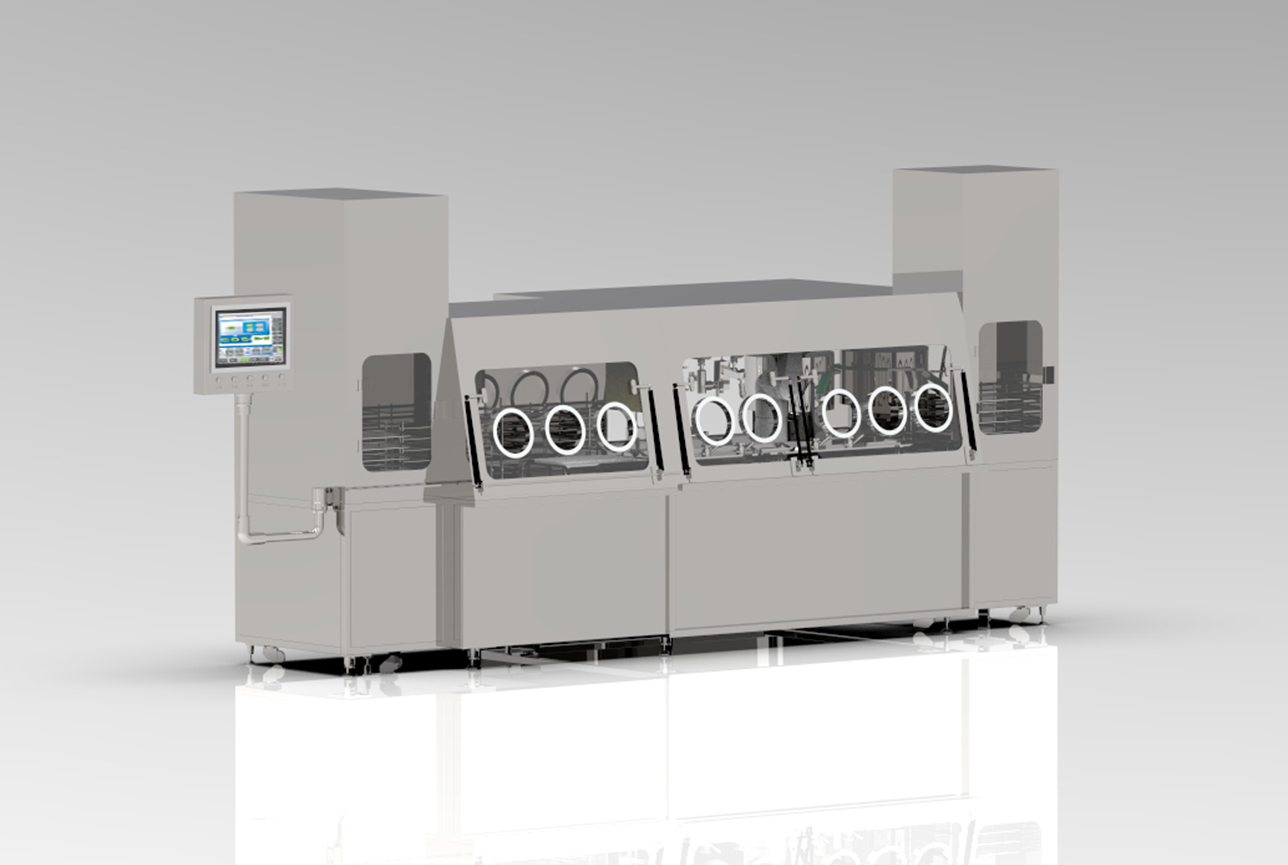Features of robot control system
Release time:2021/7/5 9:40:43 Shenyang Great Elites Intelligent Equipment Co., Ltd.
1. Robot control is closely related to structure kinematics and dynamics. The state of the robot's gripper can be described in various coordinates. Different reference coordinate systems can be selected according to the needs and appropriate coordinate transformations can be made;
2. It is often required to solve the forward and inverse problems of motion, in addition to considering the influence of inertial force, external force (including gravity), Coriolis force, and centripetal force.
3. A simple robot also has at least 3 to 5 degrees of freedom, and a more complex robot has a dozen or even dozens of degrees of freedom. Each degree of freedom generally contains a servo mechanism, which must be coordinated to form more than one Variable control system.
4. Organically coordinate multiple independent servo systems to make them act according to human will, and even endow the robot with a certain amount of intelligence. This task can only be done by a computer. Therefore, the robot control system must be a computer system.
5. The mathematical model describing the state and movement of the robot is a non-linear model. With different states and changes in external forces, its parameters also change, and there is still a coupling between various variables.
6. The movement of the robot can be completed in different ways and paths. Therefore, there is an "optimal" problem. Higher-level robots can use artificial intelligence methods to build a huge information database with computers, and use the information database to control, make decisions, manage and operate.
Traditional automatic machinery is not focused on its own actions, while the control system of industrial robots pays more attention to the relationship between the body and the operating object.
Therefore, the robot control system is a coupled, nonlinear multi-variable control system closely related to the kinematics and dynamics principles.
As the actual working conditions are different, there can be a variety of different control methods, from simple programming automation, microprocessor control to small computer control and so on.
The characteristics and basic requirements of the robot control system
To implement good control of the robot, it is important to understand the characteristics of the controlled robot. From the robot dynamics we know, it has the following characteristics:
1. The robot is essentially a nonlinear system. There are many factors that cause the nonlinearity of the robot, and the structure, transmission parts, and driving components will all cause the nonlinearity of the system.
2. There is a coupling effect between the joints, which is manifested as the movement of a certain joint. It will produce dynamic effects on other joints, so that each joint has to withstand the disturbance generated by the motion of other joints.
3. It is a time-varying system, and the dynamic parameters change with the change of joint movement position.
From the point of view of use, the robot is a special automatic equipment, and its control has the following characteristics and requirements:
2. Higher position accuracy, large speed range
3. The static error rate of the system should be small
4. The speed error coefficient of each joint should be as consistent as possible
5. There is no overshoot in the position, and the dynamic response is as fast as possible
6. Acceleration (deceleration) speed control is required
7. From the point of view of operation, the control system is required to have a good man-machine interface to minimize the requirements for the operator
8. From the perspective of system cost, it is required to reduce the hardware cost of the system as much as possible, and use software servo methods to improve the performance of the control system.
Robot system
Robot control method
There is no uniform standard for the classification of industrial robot control methods:
A. Robot motion control method
a. Robot motion control method
(1. Robot position control mode: positioning control mode—fixed position mode, multi-point position mode, servo control mode; path control mode: continuous trajectory control, point-to-point control)
(2. Robot speed control mode: speed control mode—fixed speed control, variable speed control; acceleration control mode—fixed acceleration control mode, variable acceleration control)
(3. Robot force control method)
b. Robot action sequence control method
B. Robot teaching control method
(1. Teaching with actual robot: direct teaching method-power level is separated from teaching, servo level is connected to teaching; remote control teaching method-teaching box teaching method, joystick teaching method, master-slave method Teach)
(2. Teaching without using robots: indirect teaching method-model robot display, special tool display; offline teaching method-numerical input display, graphics display, software language teaching)
Robot control system structure and working principle
An industrial robot system is usually divided into two parts: the body and the control system. The main elements that constitute the robot control system are computer hardware systems and operation control software, input/output equipment and devices, drive systems, and sensor systems.
The control system of an industrial robot is an important part of the robot to complete pending tasks. The basic functions are:
1. Memory function
2. Teaching function
3. Contact with peripheral equipment
4. Coordinate setting function
5. Human-machine interface
6. Sensor interface
7. Position servo function
8. Fault diagnosis and safety protection function
Of course, there is still a lot of knowledge about robot control, such as: robot single-joint position servo control, robot force control, robot intelligent control, and so on.
From the outside it is aluminum alloy, from the inside it is wood
Second, according to different styles, aluminum-clad wooden doors and windows can be divided into: German, American, European, Chinese, and Italian.
Different styles of aluminum-clad wooden doors and windows
Third, according to the different opening methods, aluminum-clad wooden doors and windows can be divided into casement windows, folding doors, inner inverted windows, outer open upper hanging, and sliding casement multifunctional combined windows.
Folding doors and windows
Open top overhang
Multifunctional combination window
Casement windows, sliding windows
Features of aluminum-clad wooden doors and windows
First, aluminum-clad wooden doors and windows are heat-preserving, energy-saving, sound-proof, and anti-wind and sand, and have very strong sealing properties, which can effectively block the invasion of wind and sand.
Second, the outdoor parts of Lvbao wooden doors and windows are extruded with special aluminum alloy molds, and the surface is electrostatically powder sprayed or fluorocarbon sprayed, which can resist ultraviolet rays in the sun and various corrosion in nature. The indoor parts are processed by special processes. High-grade high-quality wood, the type of wood can be selected according to the requirements of the owner.
Third, the aluminum-clad wooden doors and windows adopt multiple seals, which are waterproof and have excellent sealing performance.
Aluminum-clad wood floor-to-ceiling doors and windows used in the kitchen
Fourth, the screens of aluminum-clad wooden doors and windows can be installed indoors and outdoors, and they are tightly integrated with the window frame, and can prevent mosquitoes. It is easy to disassemble and clean. The screen frame is made of wood and is integrated with the window.
Fifth, aluminum-clad wooden doors and windows have superior anti-theft performance, the overall strength of the doors and windows is high, and they can resist deformation.







 Home
Home
 phone
phone
 note
note
 contact
contact